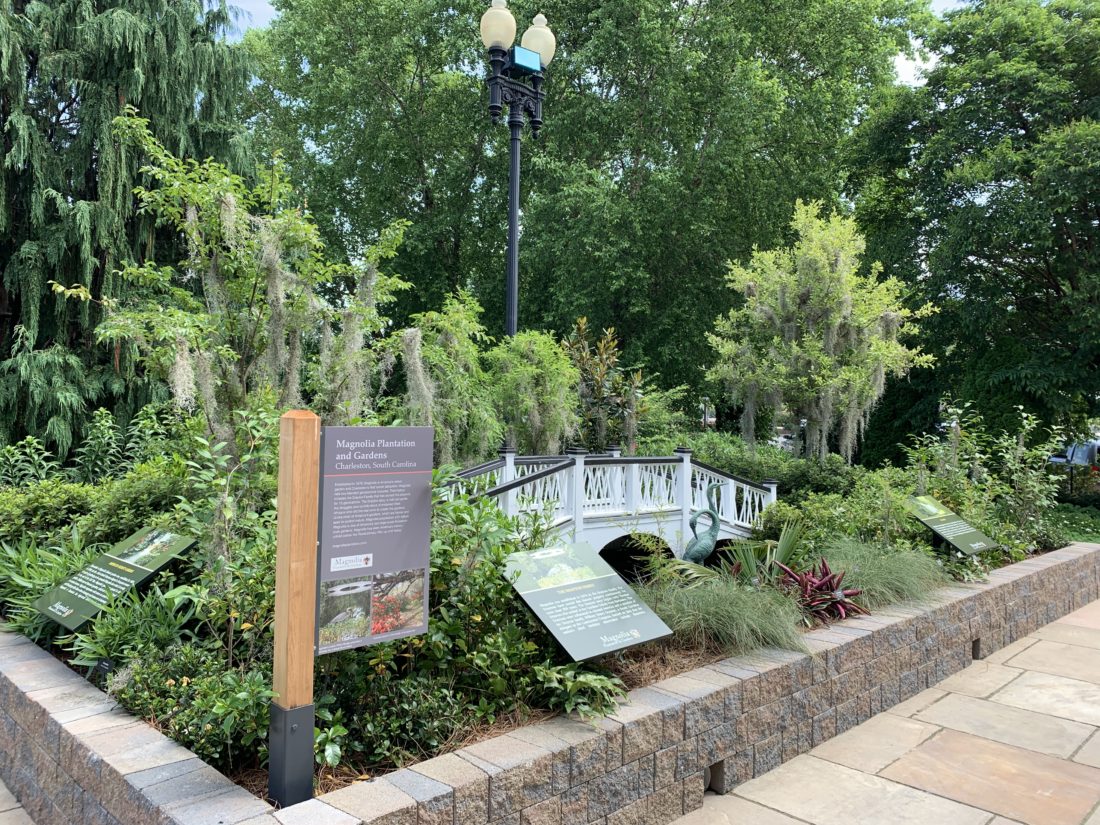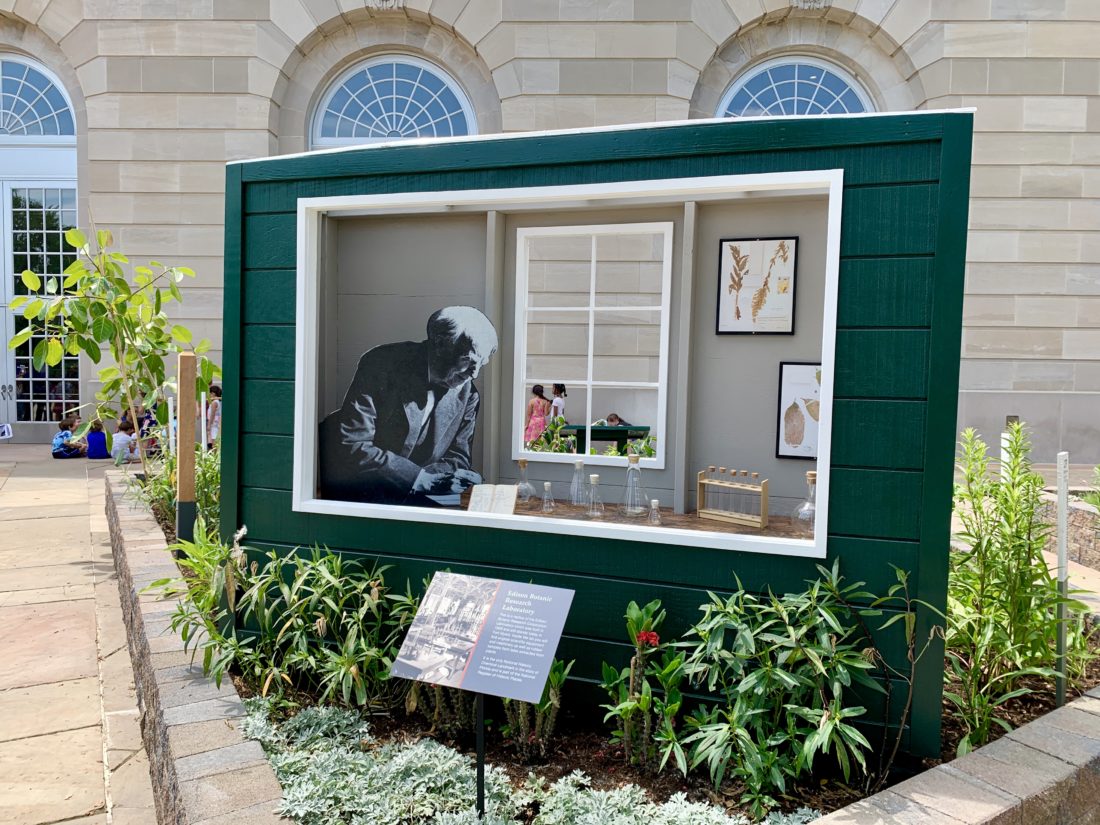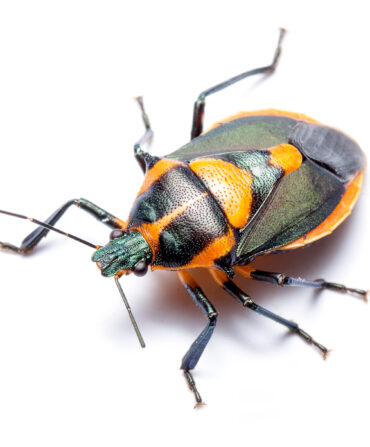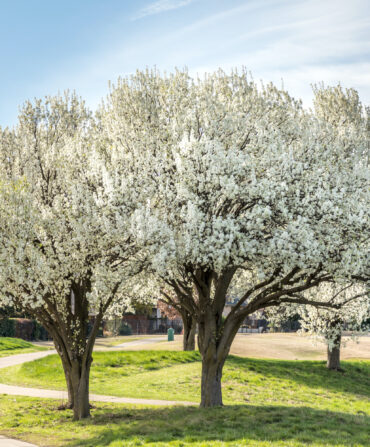Never before have purple crested irises from North Carolina, blazing orange butterfly weeds from Georgia, and pink and crimson begonias from Texas bloomed together as they do now—riotously—in the country’s capital. The Gardens Across America exhibition (through October 1) at the United States Botanic Garden showcases miniature versions of the nation’s most beloved green spaces. “There are more than six hundred public gardens in the United States, and each tells a different story,” says Devin Dotson, an exhibits specialist. “We chose to spotlight twenty gardens through a combination of geographical diversity, diversity in size, and creativity.”

Photo: Courtesy of United States Botanic Garden
A miniature replica of South Carolina’s Magnolia Plantation and Gardens.
Fifteen-by-twenty-foot replicas take visitors on a floral journey with stops for the Atlanta Botanical Garden’s carnivorous pink butterwort and white pitcher plants, which consume insects alive; the mass of azaleas planted over a tiny version of the iconic arching bridge at Charleston, South Carolina’s Magnolia Plantation and Gardens; and the goldenrod, banyan trees, and milkweed Thomas Edison and Henry Ford once grew for their twentieth-century rubber research at the Edison and Ford Winter Estates in Fort Myers, Florida.

Photo: Courtesy of United States Botanic Garden
A replica of Florida’s Edison Botanic Research garden.
“Most gardens will highlight their designs, but we’re highlighting our function,” says Debbie Hughes, senior horticulturist at Edison and Ford. “I want people to see our display and know that plants have more of a purpose than being pretty.” (Although they’re still pretty.) True, a manicured plot beside the National Mall is a far cry from coastal Florida, but the tropical plants should thrive with a breath of cooler air, Hughes says: “Summer in D.C. is kind of like winter here.”








